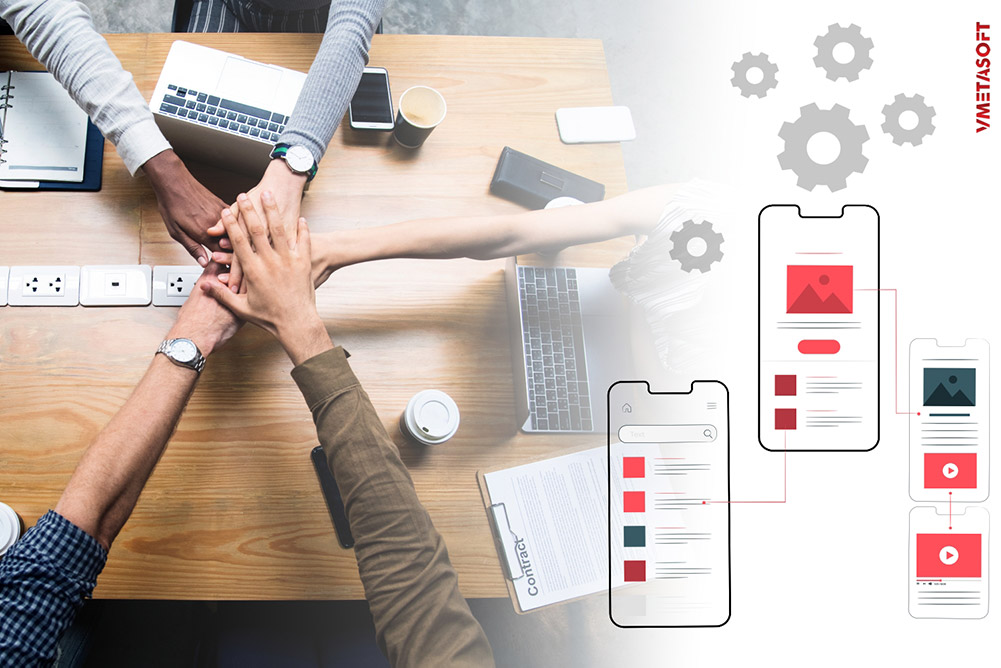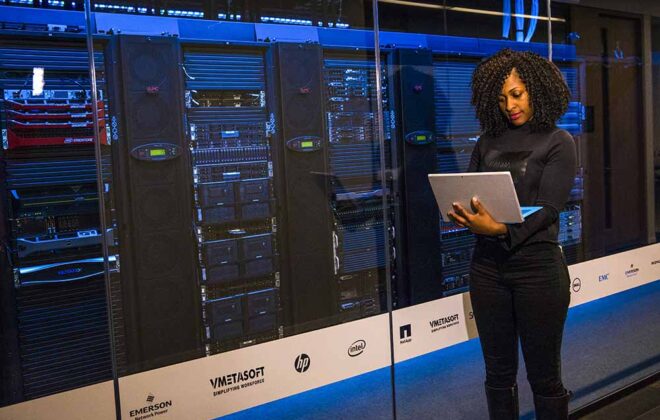Agile vs Waterflow
In a software company, the B2B and B2C software development is broadly divided into two categories, they are Agile and Waterflow development process. In this article, we are going to give you an idea of the agile and Waterflow development process to help you make the right decisions on building your enterprise software for your business success.

Agile Development:
In recent years the agile development method has gained popularity and so most professional software development companies focus on the agile software development approach.
In an agile development module, the teamwork collectively to understand the user’s requirements and build its clients solution by forming a cross-functional team with help of the constant feedback from their end users/customer. In a simple term the project manager, UX and UI designer, and business analyst work together with the developer team to achieve constant improvement and encourage flexibility to build highly user-centric software.
The Agile software development process includes several stages, as shown in the diagram below. Form the graphic you can see the cross-functional team in action, which involves UX/Ui designer alongside the developer in the process of software development until its completion. This approach is highly adaptive, well planned and flexible as per the requirement of the end-users.
The key advantage of agile development is that it dramatically reduces the development time frame and incrementally improves the quality and the user experience of a final product.
Waterflow Development
Water flow development is a traditional software development method that involves several steps in which the activities flow down from one stage to the next: from the requirement to design to the validation of end products. In this development model the UX design is developed and the document before the kick start of the project, with the gathered requirements in hand the UX designer build a wireframe and sent to the developers for its further development. As the stage flow from one stage to another in Waterflow development, there is a lack of coordination between the business analyst, designer, and the developer which is a hindrance to its effectiveness.
However, the water flow development method is inexpensive but certainly has many limitations such as inflexibility and bugs often which are difficult to fix at the later stage. It suits the best for the small project but not for the medium or large size projects.
Conclusion:
As we have scratched the surface of the agile and water development process, we now know that a medium and large-sized project should go with an agile development process for the business software requirement for its end product quality as well as user experience for business success.
In our next article, we will learn more about agile development in depth and learn about UX, Scrum and Kanban.
- Agriculture
- Artificial Intelligence
- Big Data
- Business Process Improvement
- Business Process Re-engineering
- Cloud Computing
- CRM software
- Cyber Security
- Data Mining
- Data science
- Data Storage Technology
- DataBase
- DevOps Environment
- Digital Transformation
- ERP Software
- Fraud Prevention
- How to Solve
- IoT: Internet of Things
- Java
- Logo Design
- Product Development
- Uncategorized
- Ux Design
- Virtual Reality Technology
- Web Development
- Work Culture
ANN artificial intelligence Artificial Neural Network asset management attack branding buisness buisness development buisness software buisness technology cloud computing CRM Software database data mining digital transformation ERP Software generative ai growth rate how to hr human capital management software hybrid iass India inventory management java progamming language logo design machine learning microsoft edge modernization mtbf mttr pass performance prevention private public ransomware red hat enterprise linux sass smart manufacturing soc SSD training and deployment unistall
Recent Comments
Thank You
Thank you Zen
Thank you Cerebrozen
Really a insightful bog
We really apprecite Vmetasoft affort, helping our brand with SOC. We are really proud to be partnered with Vmetasoft Inc.





